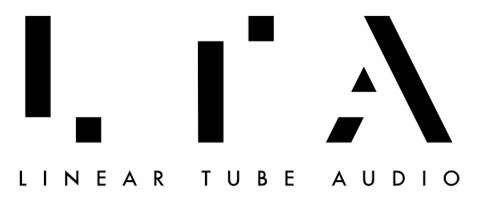Yes, however, the Z10 Integrated amplifier doesn't have a dedicated output for a subwoofer. The interface to a subwoofer would be via the speaker outputs, which is a common and often recommended solution.
You will need a subwoofer with a "high-level" input, often called a "speaker-level" input, which again is pretty common.
This method of connecting a subwoofer is recommended over a dedicated subwoofer/preamp output because it ensures that your subwoofer and speakers are using the exact same signal.
Don’t take our word for it. REL, maker of some of the finest subwoofers in the world, recommends using this method for connecting their subwoofers to amps of all kinds:
Using the High Level input is always the best option. Using the High Level Input, instead of the Low Level Input, and connecting to the speaker output terminals of your amplifier is one of the unique secrets of REL’s success. When using the High Level input, your REL is fed the same signal that your main speakers are receiving. When connecting to the High Level input on the REL from the amplifier, you capture the sonic signature of your main system, including the tonal balance and timing cues of the entire electronics chain.
Related FAQs
